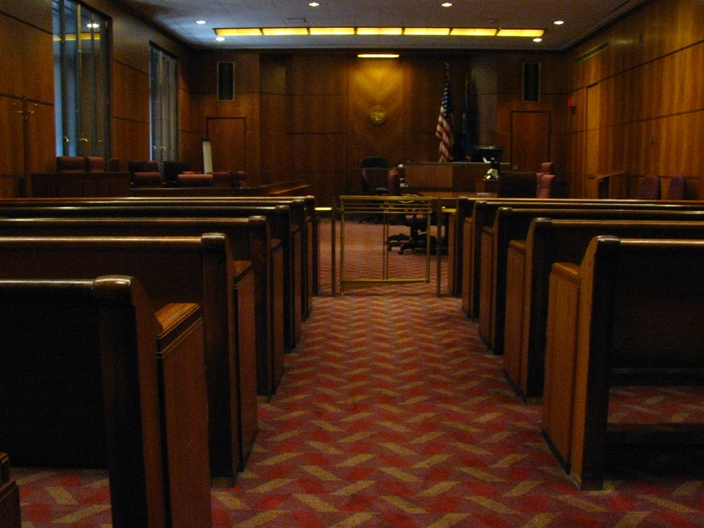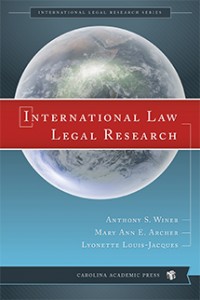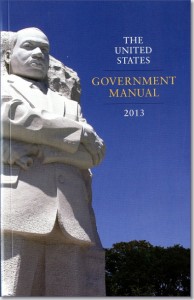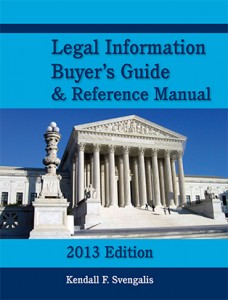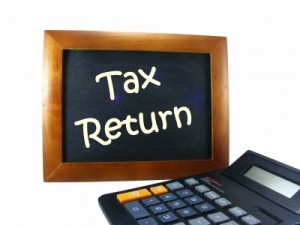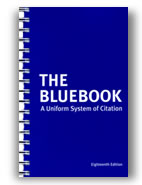What attorneys are allowed to say and do in court might be subject of common discourse, but less discussed is the courtroom decorum expected of spectators and litigants. The Minnesota General Rules of Practice enumerate what is required of court attendees, namely that “[d]ignity and solemnity shall be maintained in the courtroom.” (Rule 2.01) Specifically, this Rule prohibits not only unnecessary talking but other behaviors as well. Think you are going to quietly read a newspaper in back of the courtroom? Expect the bailiff to nudge you and tell you to put it away. The Minnesota Courts website offers even more detailed instructions for those making pro se court appearances, namely to dress conservatively (not in shorts, t-shirts, plunging necklines or torn clothing) and to not bring children. Chewing gum, eating, wearing hats, talking on cellphones are also out. Think you’re going to wait quietly in the courtroom and listen to music with your device and headphones while you wait your turn? This is also a no-no. (Transgressors can likely expect the same result as for reading a newspaper in court, see above.)
Also, Rule 2.02 states that “[t]he judge shall be responsible for order and decorum” within the courtroom. Wright County District Court Judge Steve Halsey (blogmaster of Jurors Behaving Badly) advances the cause with his own version of decorum guidelines for those making court appearances. Most courtroom participants are presumably quiet and courteous, but some extreme bad behavior stands out. Swearing at a judge, for instance, can get one called into contempt of court and result in jail time. You may be attending a court hearing to support a friend or family member, but disruptive behavior won’t do your friend any favors with the judge. More likely it will only get you thrown out of the courtroom.
For those wishing to explore in detail the deeper due process implications of courtroom decorum issues, check out these articles:
- Jona Goldschmidt, ‘Order in the Court!’: Constitutional Issues in the Law of Courtroom Decorum, 31 Hamline Law Review 1 (2008)
- Laurie L. Levenson, Courtroom Demeanor: The Theater of the Courtroom, 92 Minn. L. Rev. 573 (2008)
